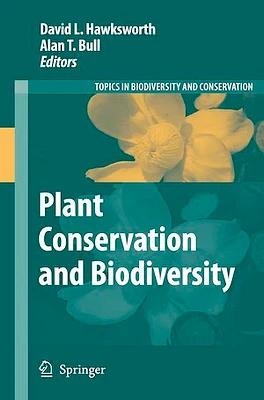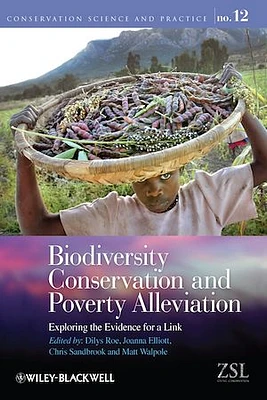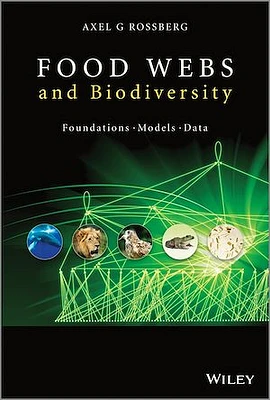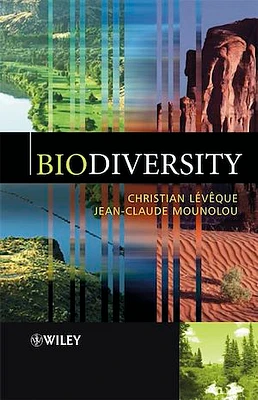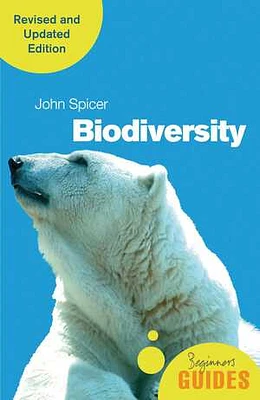Accueil
Sturgeon Biodiversity and Conservation
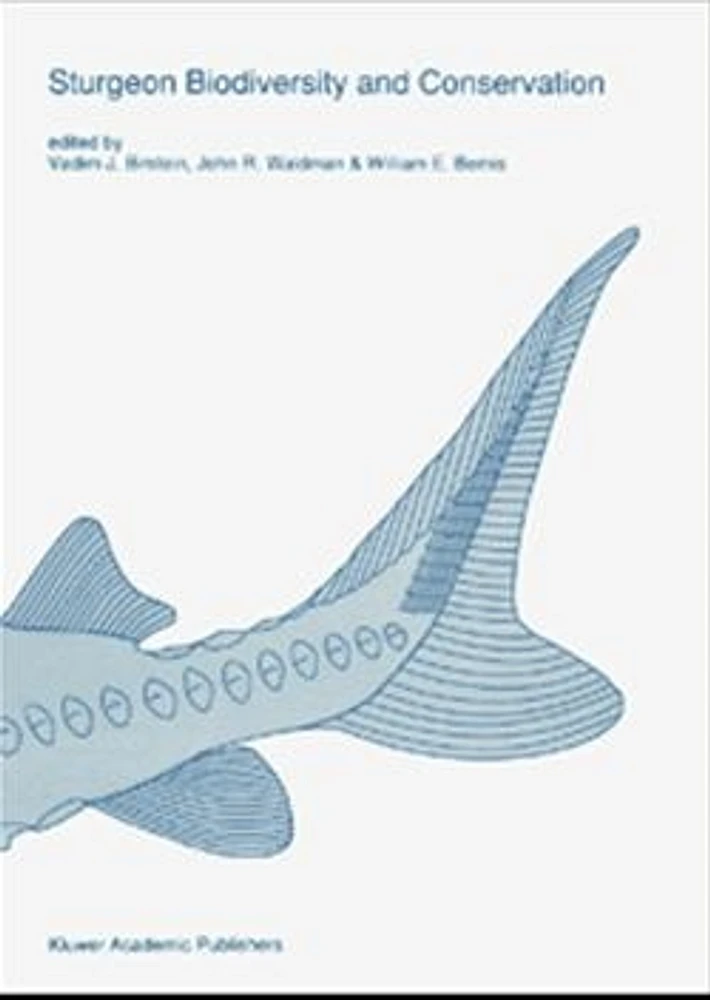
LIBRAIRIE CARCAJOU
Sturgeon Biodiversity and Conservation
De Librairie Carcajou
Papers in the first section of this volume examine the paleontology, systematics, evolution and basic biology of acipenseriformes. Recent evidence from fossil Acipenseriformes strongly supports a sister-group relationship of Acipenseridae and Polyondirae as the sub-order Acipenseroidei. New molecular and karyological data provide insight into longstanding questions concerning phylogenetic interrelationships within the genus Acipenser. Most sturgeons are benthic in orientation and diet, whereas most paddlefishes are pelagic, particularly the specialized filter-feeding North American paddlefish, Polyodon spathula. All extant species of Acipenseriformes spawn in freshwater, and many make lengthy upriver migrations to spawning sites, exceeding 2000 km in some systems. Maturation is often late (20 years in some species) and individuals usually do not spawn annually. Certain anadromous species of Huso and Acipenser historically achieved legendary sizes (6m TL) and ages (80 years). The second section of this volume details current conservation status for most of the world's living species of Acipenseriformes.




